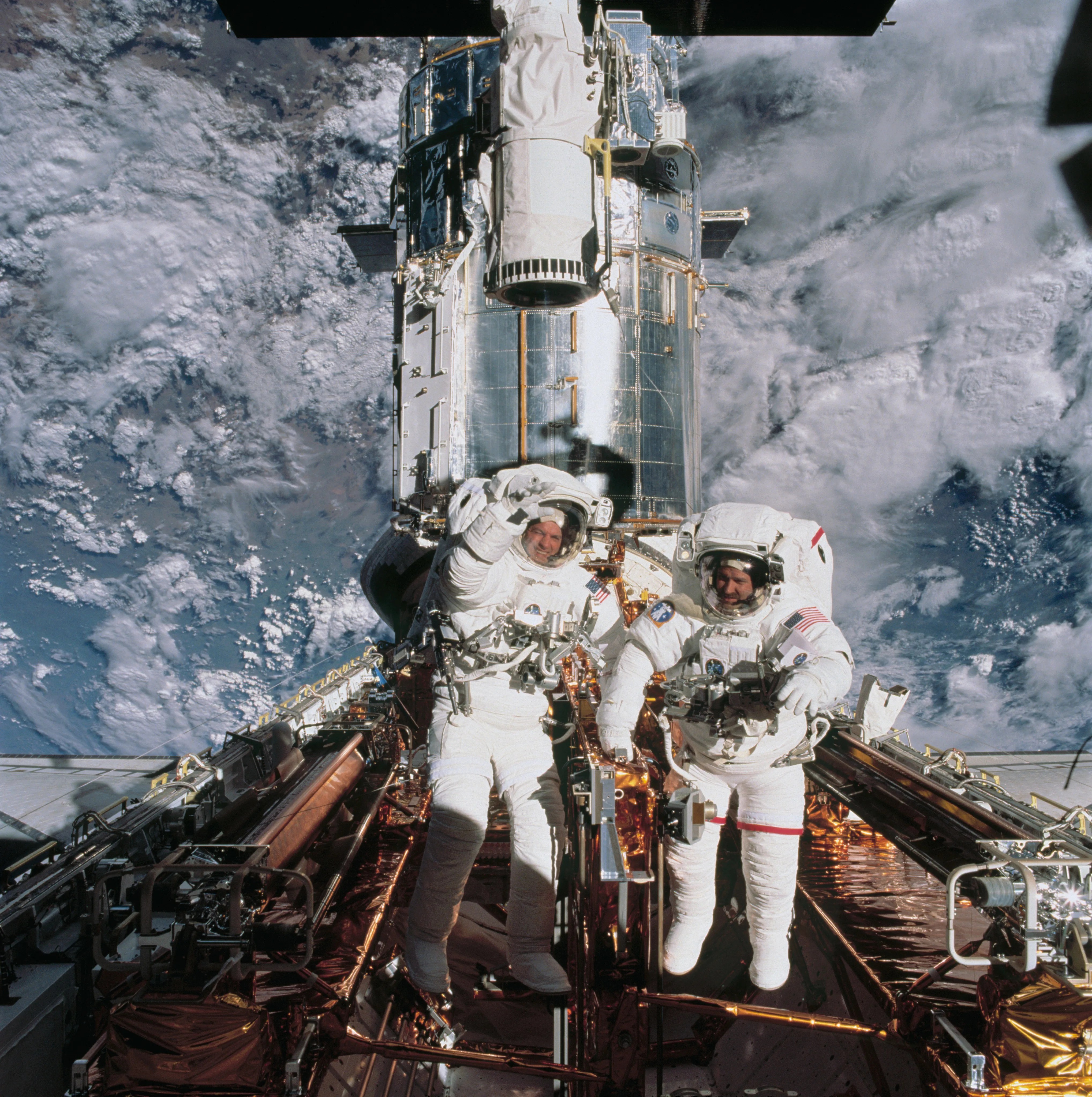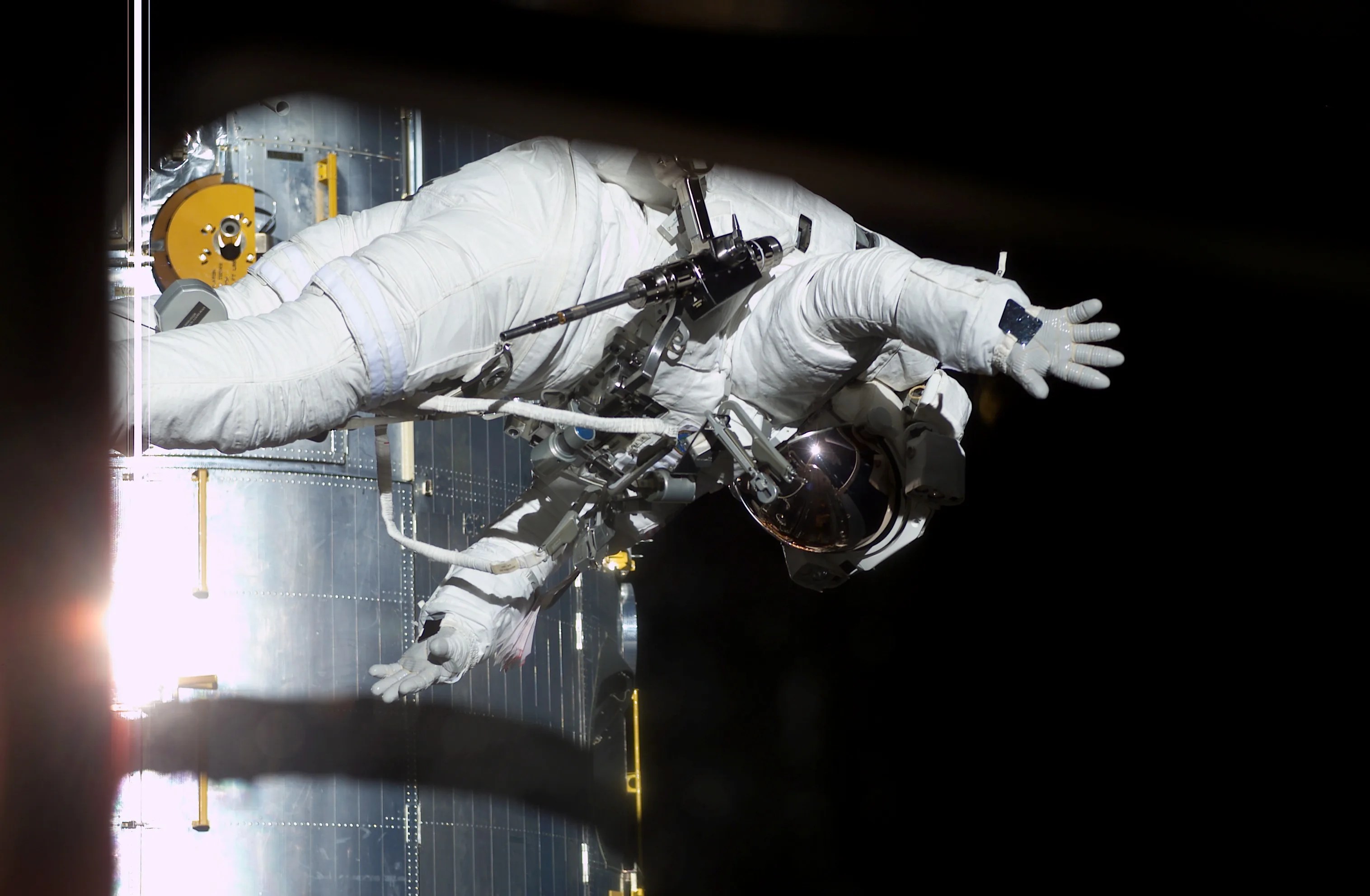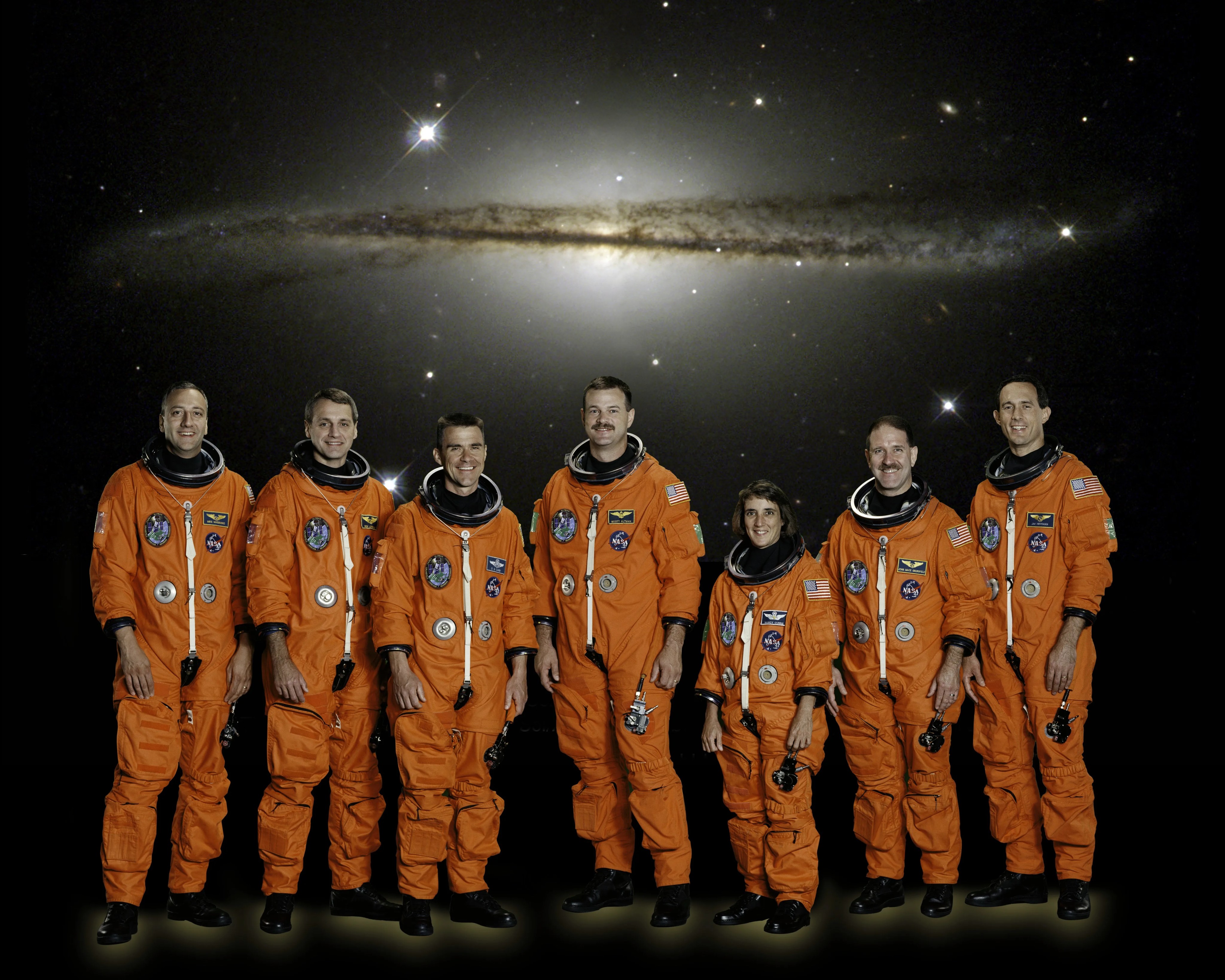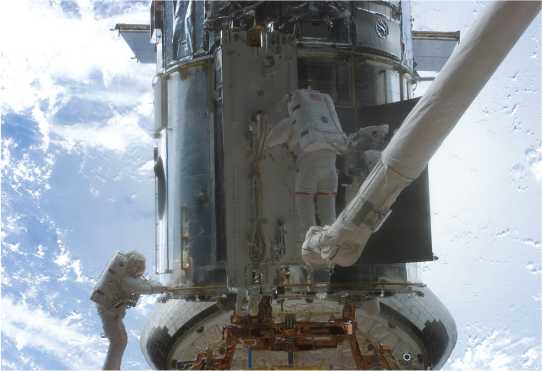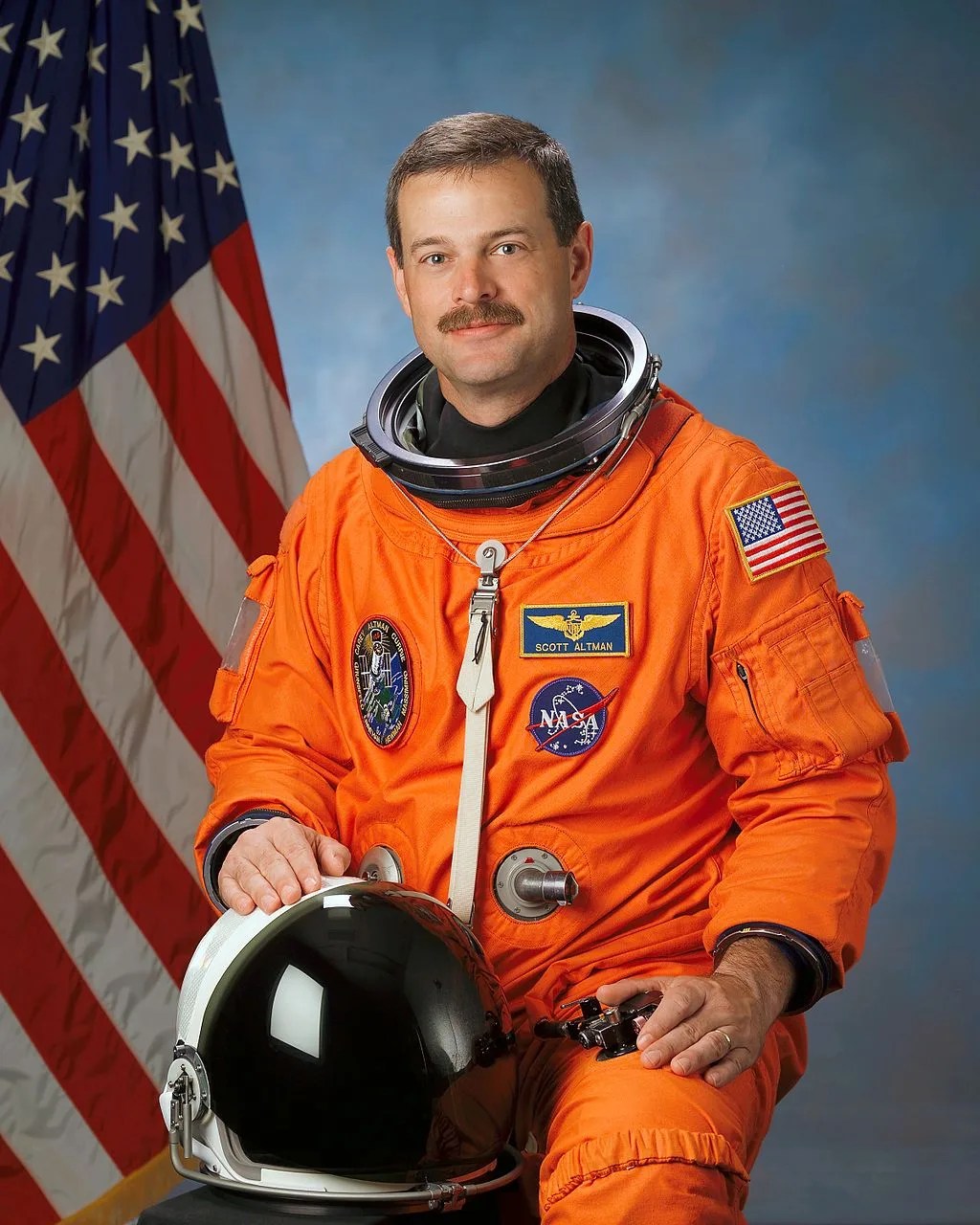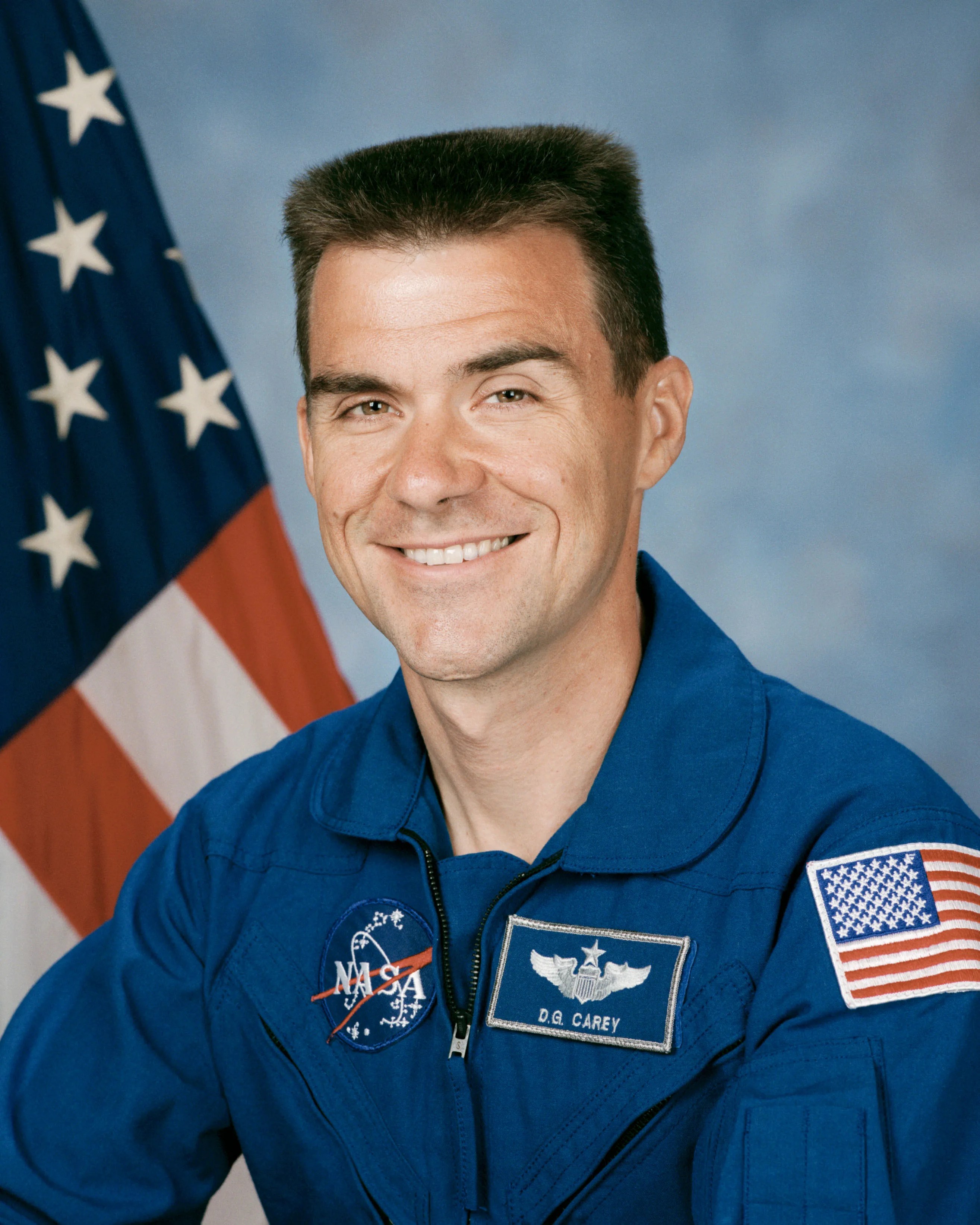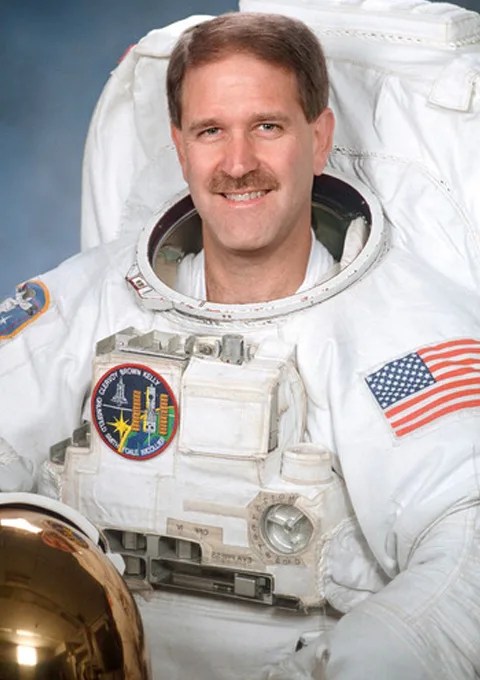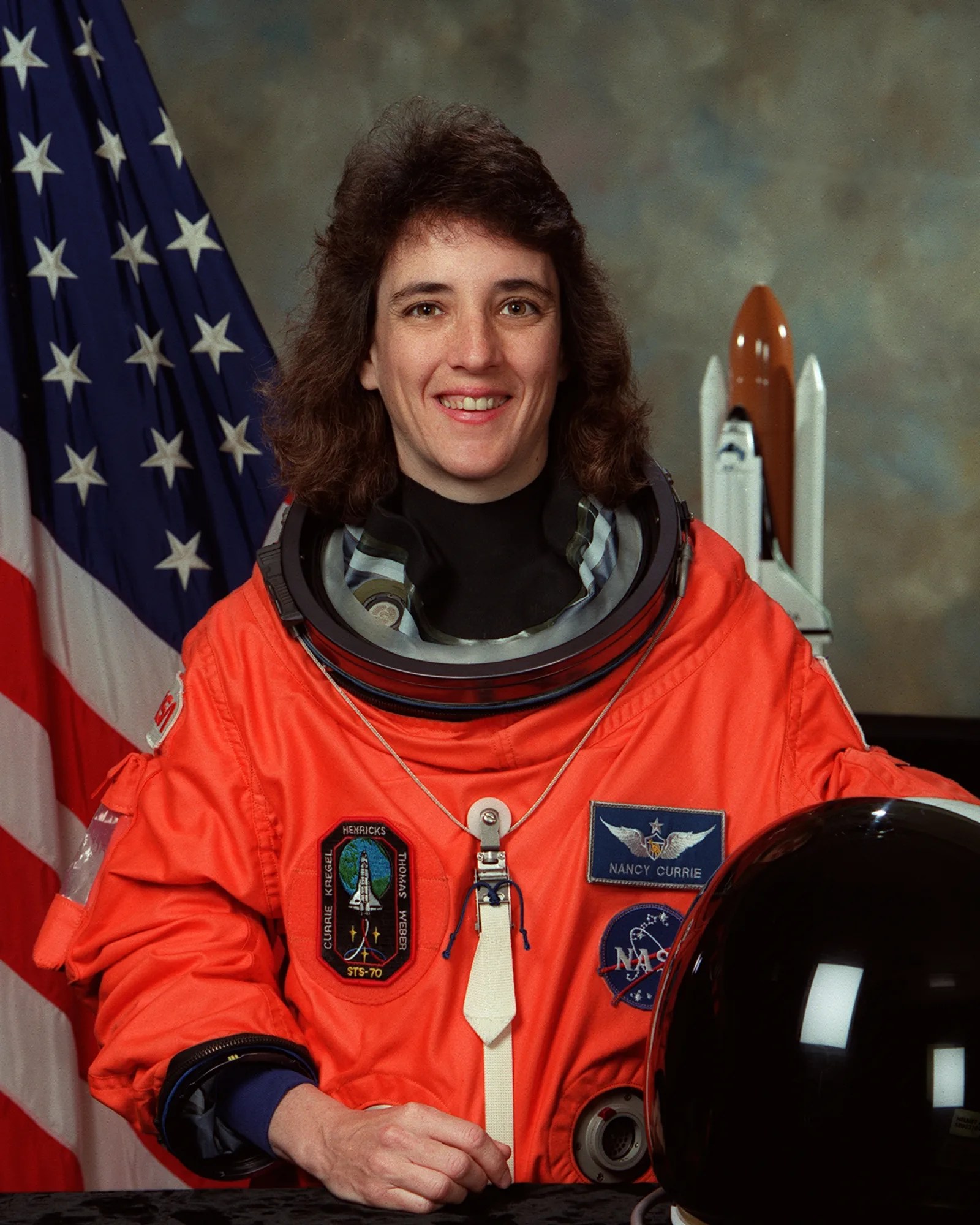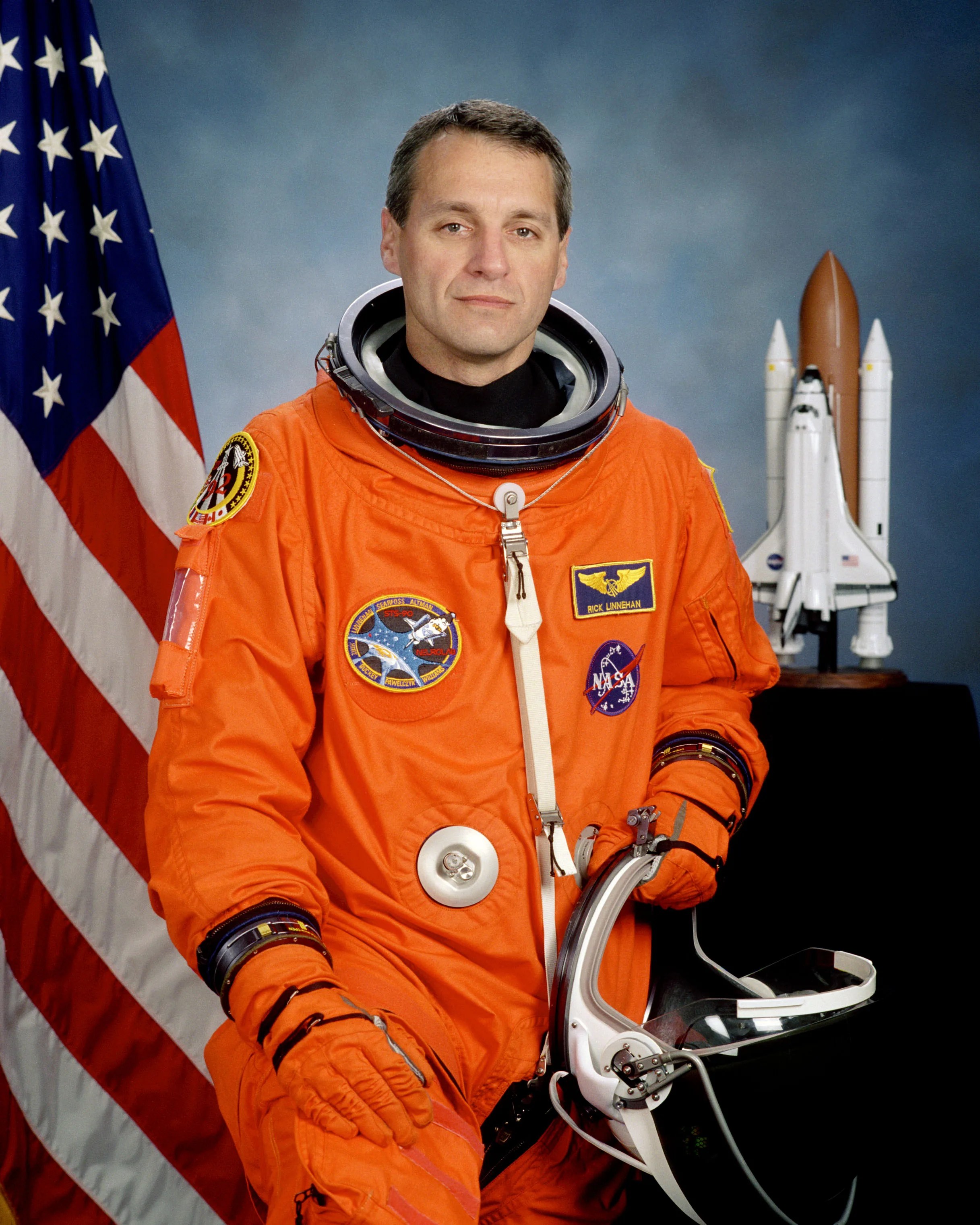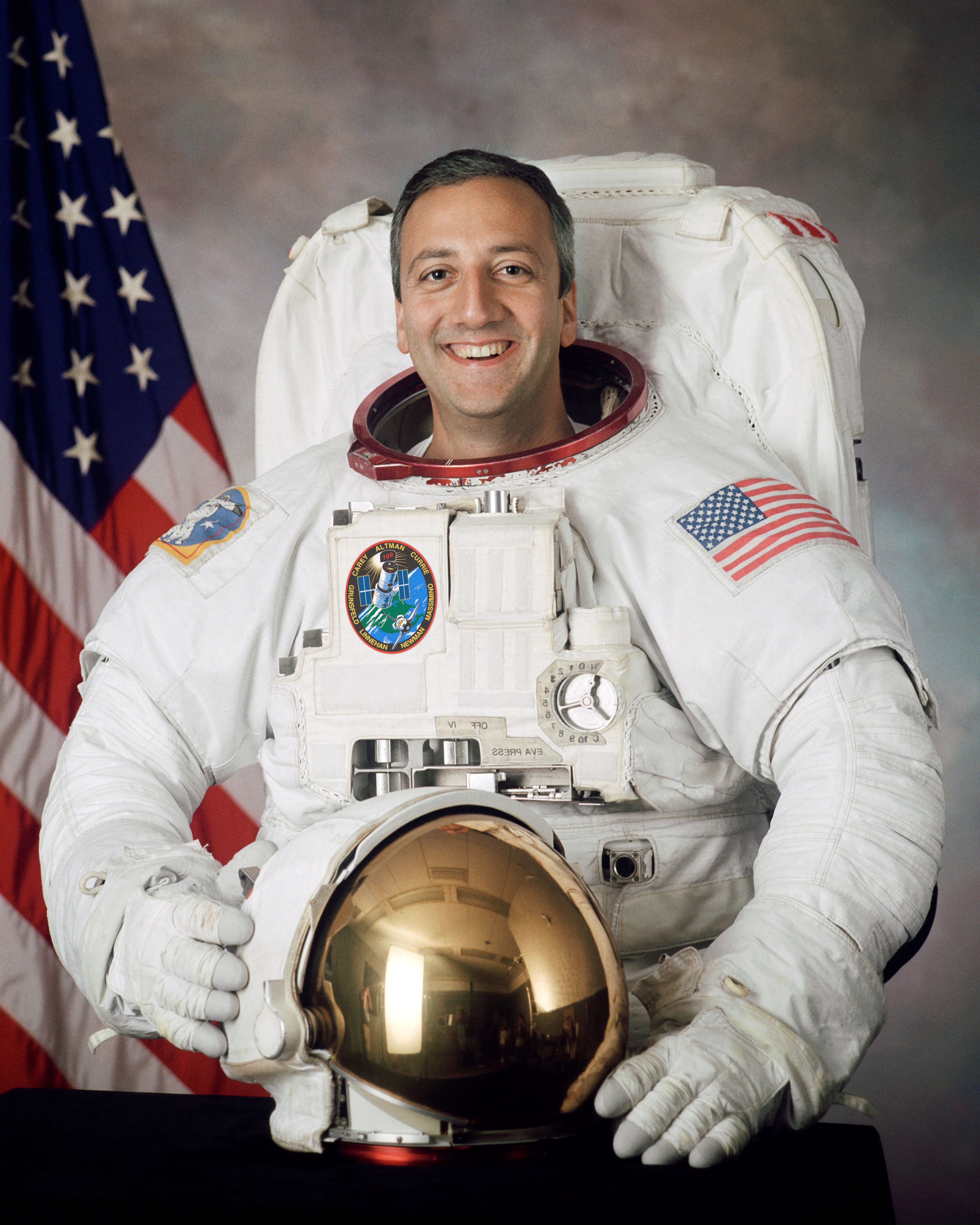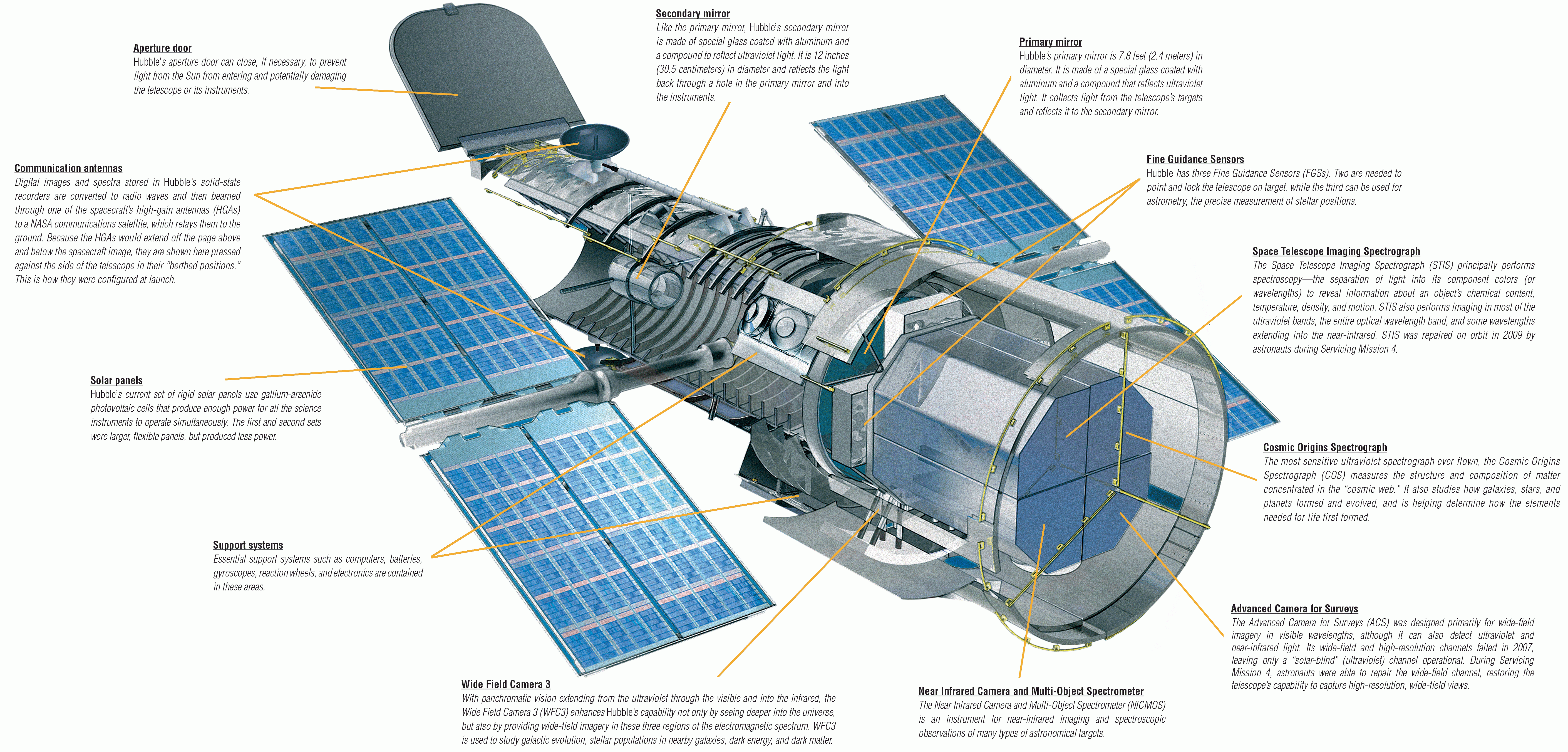Servicing Mission 3B
(SM3B)
A new instrument, the Advanced Camera for Surveys, increased Hubble's scientific abilities 10-fold, while its new solar arrays and power control unit increased its output by more than 20 percent.
mission type
Servicing Mission
shuttle mission
STS-109
Launch
Mar 1, 2002
duration
10 days
Servicing Mission 3B was the fourth visit to Hubble. NASA split the original Servicing Mission 3 into two parts and conducted 3A in December of 1999. During SM3B, astronauts installed a new science instrument: the Advanced Camera for Surveys (ACS).
Quick Facts
- Number of Orbits: 165
- Miles traveled: 3.9 million
- The 12-day mission included 5 spacewalks that took a total of 35 hours and 55 minutes
With its wide field of view, superb image quality, and exquisite sensitivity, Hubble's Advanced Camera for Surveys (ACS) has 10 times more discovery power than the camera it replaced. In other words, ACS can produce 10 times as many science results in the same amount of time.
ASC sees in wavelengths ranging from visible to far-ultraviolet. It is actually a team of three different cameras with specialized capabilities. The high-resolution camera takes extremely detailed pictures of the inner regions of galaxies and searches neighboring stars for planets and planets-to-be. The solar blind camera blocks visible light to enhance ultraviolet sensitivity, and can be used to study weather on planets in our own solar system. With a field of view twice the size of Hubble's current surveyor, ACS's wide field camera conducts new surveys of the universe. Astronomers use it to study the nature and distribution of galaxies in order to understand how our universe evolved.
Four large flexible solar array (SA) panels provide power to the observatory.
During SM1, astronauts replaced the original arrays with SA2. They powered Hubble for more than 8 years, but radiation and debris take their toll on sensitive electronics. They were replaced with SA3 to ensure uninterrupted service for the remainder of the mission.
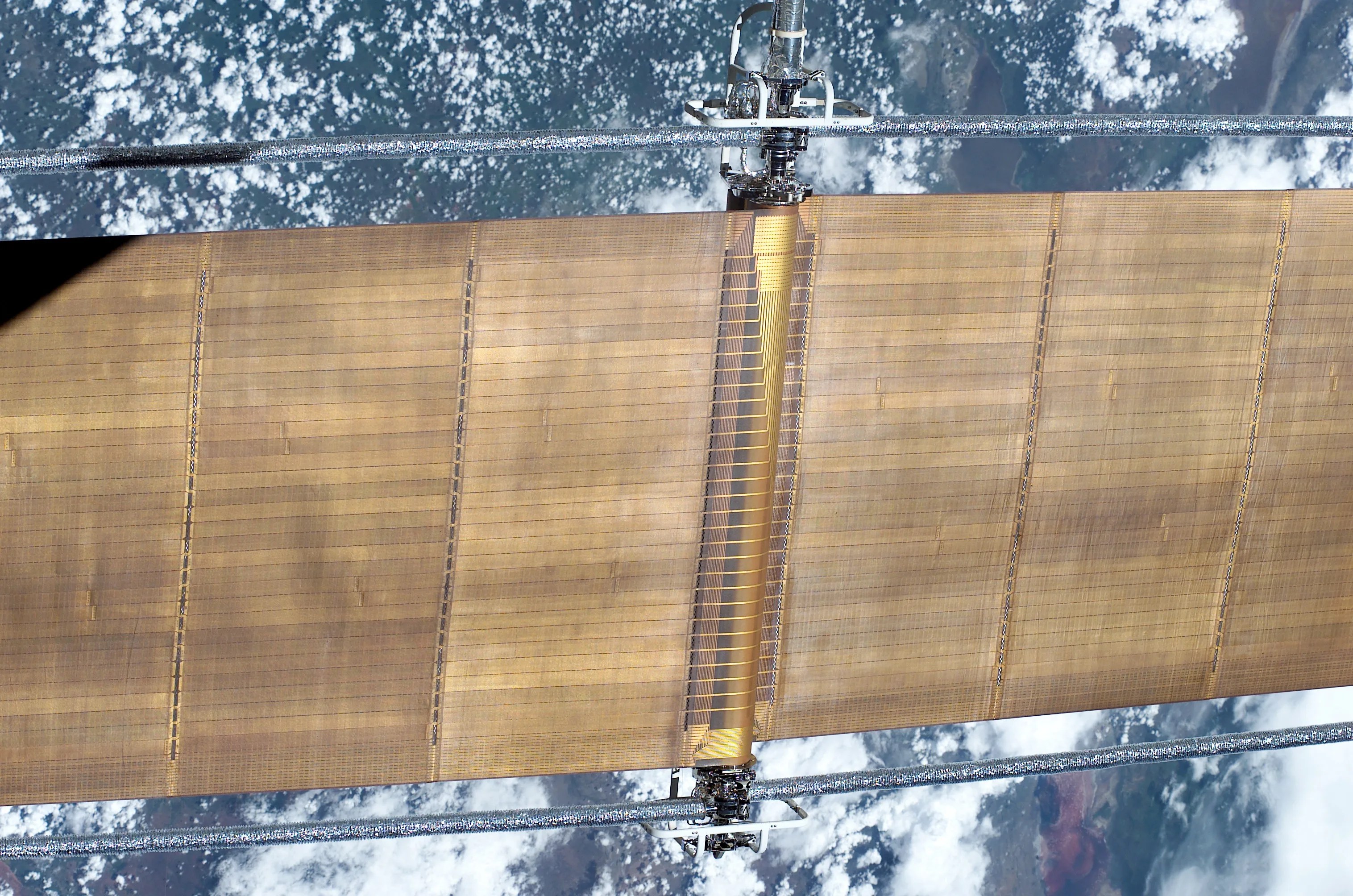
The replacement SA3s are rigid arrays, which do not roll up and therefore are more robust. Hubble got a brand new look with this set of solar wings. Although one-third smaller than the first two pairs, the power increase was between 20 and 30 percent. They are less susceptible to extreme temperatures and their smaller size reduces the effects of atmospheric drag on the spacecraft, helping it maintain its orbit.
As Hubble's power switching station, the PCU controls and distributes electricity from the solar arrays and batteries to other parts of the telescope. Replacing the original PCU, which was on the job for 11 years, required the team to completely power down Hubble for the first time since its launch in 1990. Hubble's replacement PCU allows astronomers to take full advantage of extra power generated by the new solar arrays.
Astronauts retrofitted an existing but dormant instrument called the Near Infrared Camera and Multi-Object Spectrometer (NICMOS) with a new, experimental cooling system to return it to active duty. Installed during Servicing Mission 2 in 1997, NICMOS became inactive two years later after depleting the ice it needed to cool its infrared detectors. By fitting NICMOS with the experimental cryogenic system, NASA re-cooled the detectors to -334°F (-203°C or 70 K), revived its infrared vision, and extended its life by several years.
The super-quiet cooler uses ultra-high speed microturbines, the fastest of which spins at over 200,000 rpm (over 50 times the maximum speed of a typical car engine). Hubble's engineering team successfully demonstrated this technology in 1998 aboard STS-95 in the first on-orbit test of a high-performance, high-efficiency, mechanical cryocooler.
Meet the Hubble SM3B Astronauts
STS-109 Mission Facts
The 11-day mission rejuvenated the Hubble Space Telescope in a series of five spacewalks.
Explore STS-109 Details